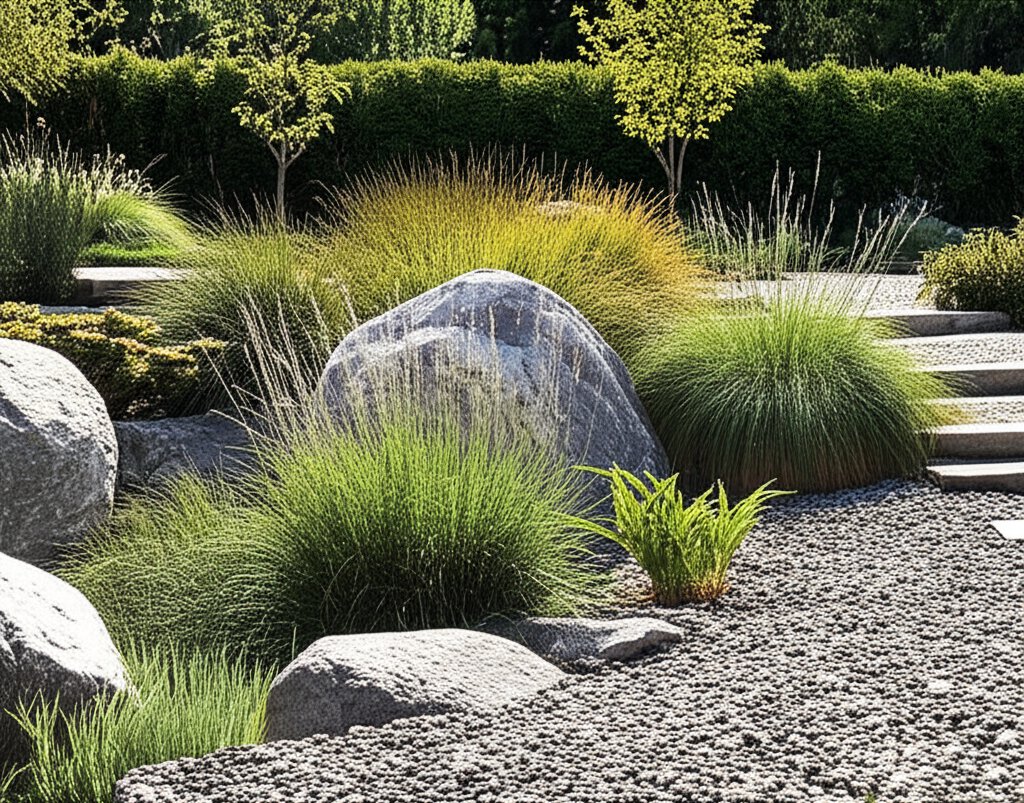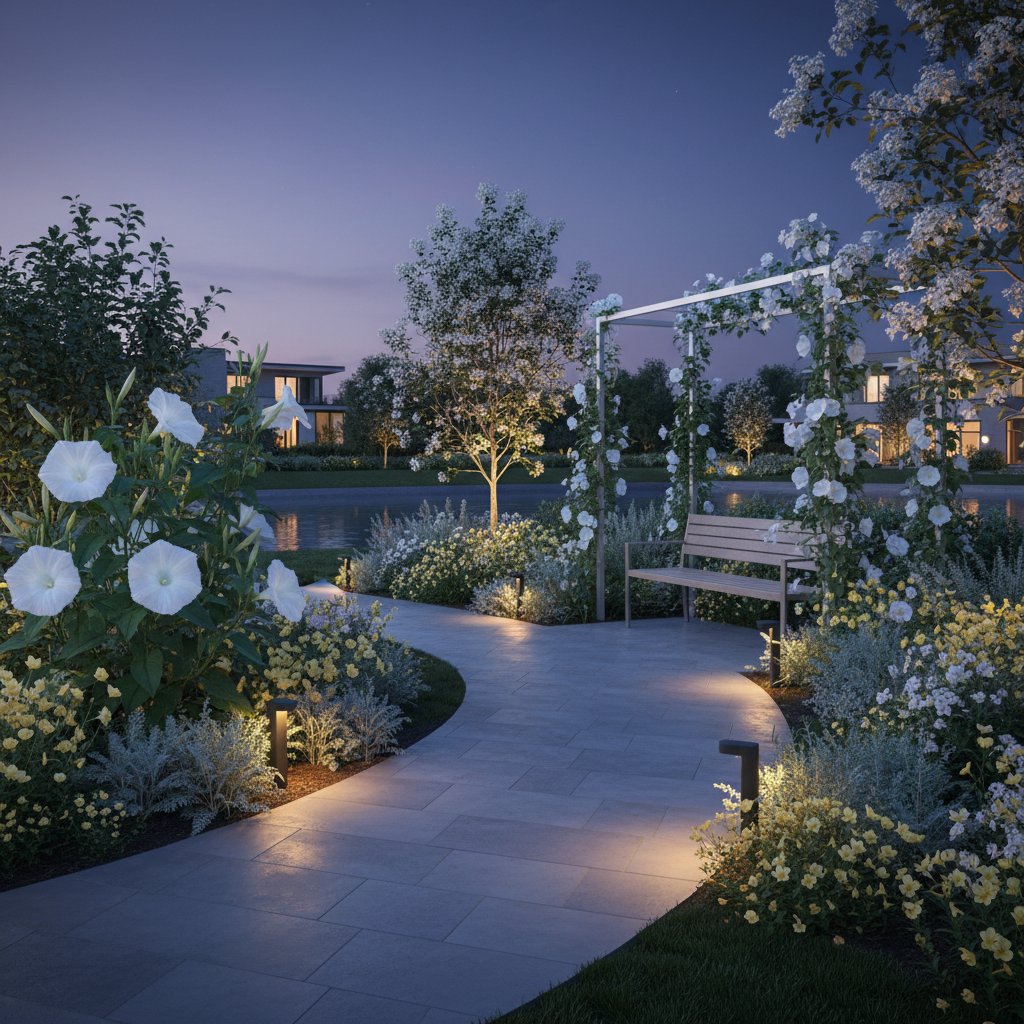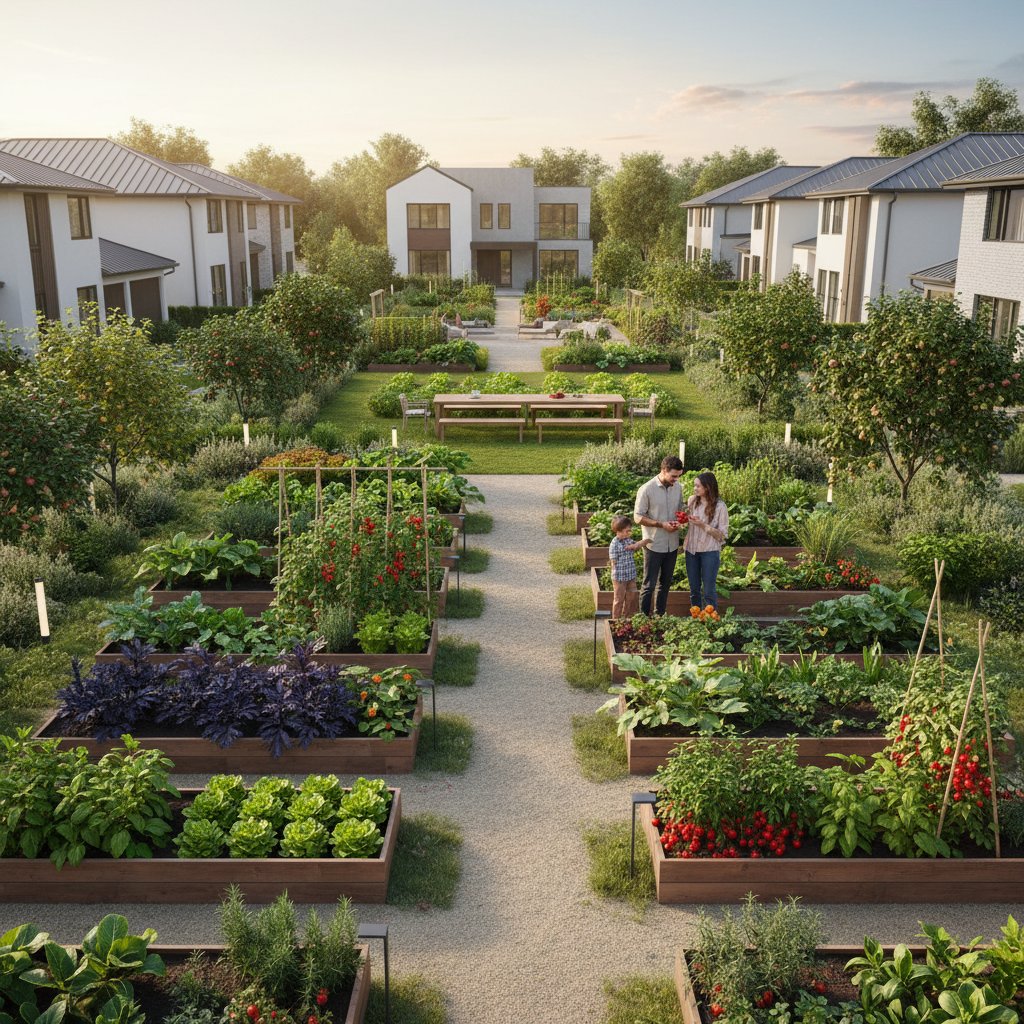Gravel Gardens: A Low-Maintenance Revolution for Modern Yards
Landscapes that appear effortless often result from deliberate design choices. Stones, plants, and shadows align in harmony, creating a sense of natural order. Gravel gardens capture this essence, embracing simplicity while delivering distinct character. Homeowners increasingly adopt this approach to rethink their outdoor areas.
A well-executed gravel garden extends beyond scattered pebbles and sparse vegetation. It forms a dynamic environment grounded in equilibrium and nuance. Gravel serves dual purposes as an aesthetic feature and functional base, fostering serene atmospheres. This method resonates with those seeking year-round visual interest with reduced demands on time and resources.
Core Elements of Gravel Gardens
Gravel gardens harmonize with natural conditions rather than opposing them. Free-draining soil, paired with drought-tolerant species and a gravel mulch, optimizes water use and suppresses weeds. Such setups minimize irrigation, mowing, and fertilization needs. The outcome is an enduring landscape that evolves gracefully.
The tactile and auditory qualities of gravel add depth. Footfalls produce a soft crunch, evoking stability absent in many turf areas. Sunlight shifts across the surfaces daily, introducing gentle dynamism to static scenes.
Reasons for Rising Interest in Gravel Gardens
Several factors attract homeowners to gravel gardens. Maintenance stands out prominently; unlike lawns requiring frequent attention, these spaces remain orderly with periodic weeding and minor adjustments. Their versatility suits diverse climates and architectural contexts, from rustic cottages to sleek contemporary structures.
Environmental benefits further enhance their appeal. These gardens conserve water and eliminate most chemical inputs compared to conventional turf. They support ecological diversity by providing microhabitats for pollinators and wildlife. In resource-conscious times, this design promotes accountability and innovation.
Key Design Principles for Effective Gravel Gardens
Successful gravel gardens adhere to foundational concepts that elevate outcomes. These guidelines offer flexibility while ensuring cohesive results.
1. Establish structure first.
Define zones with borders, walkways, or retaining walls before introducing gravel or flora. Gentle curves suit compact areas, enhancing fluidity; linear forms impart precision and modernity. Gravel accentuates these contours, so precision in planning proves essential.
2. Select appropriate gravel types.
Options vary by particle size and hue. Smaller aggregates pack firmly for comfortable traversal, whereas larger ones yield a craggy texture. Light shades brighten confined spaces; deeper tones anchor earthy palettes. Align selections with the home's aesthetic and site ambiance.
3. Incorporate hardy plant selections.
Prioritize species adapted to arid conditions. Mediterranean options like lavender, rosemary, and lavender provide fragrance and form. Grasses such as fescue or miscanthus introduce sway and volume. Succulents, stonecrops, and robust perennials deliver seasonal color with modest needs, benefiting from the thermal retention of gravel.
4. Build through textural layers.
Contrast drives visual interest in gravel gardens. Combine rough gravel with feathery leaves, or intersperse fine paths amid bold rocks. Strategic repetition of materials fosters cohesion. This layering sustains engagement and avoids monotony.
Contrasting Styles: Organic and Polished Approaches
Gravel gardens adapt to varied aesthetics, each offering unique allure.
An organic gravel garden conveys spontaneity and integration. Foliage extends softly onto pathways, with stones arranged in apparent randomness, suggesting long-term evolution. This suits heritage properties or countryside locales, evoking unhurried maturity.
A polished gravel garden emphasizes intentionality. Specimens arrange in defined clusters, and gravel surfaces maintain uniform rakes or motifs. It complements minimalist architecture, aligning with streamlined principles. Blends of these styles often yield personalized harmony.
Practical Advantages Extending Visual Charm
Gravel gardens deliver tangible utilities alongside aesthetics, ideal for demanding schedules.
- Minimal upkeep: Established designs require sparse intervention, such as seasonal weeding and surface refresh.
- Superior drainage: Permeable layers avert stagnation, mitigating soil erosion and root damage.
- Resilient performance: Surfaces withstand elemental shifts without degradation, outperforming rigid pavements.
- Adaptable evolution: Modifications occur seamlessly, from plant additions to layout shifts, sans extensive labor.
- Sustainability focus: Reduced resource consumption aligns with eco-practices, lowering environmental impact.
Pitfalls to Sidestep in Gravel Garden Creation
Despite inherent tolerance, certain errors undermine longevity.
- Omitting foundational barriers: Install geotextile fabrics or firm sub-bases to deter weed intrusion and ensure stability.
- Mismatched gravel dimensions: Avoid extremes; fine particles migrate readily, large ones hinder mobility. Moderate sizes balance usability and aesthetics.
- Excessive planting density: Allocate growth space to prevent resource rivalry among specimens.
- Ignoring perimeter controls: Employ edging materials like steel or rock to contain spread and maintain boundaries.
Infusing Vitality into Gravel Compositions
Concerns about starkness in gravel designs dissolve with thoughtful enhancements. Integrate warmth via potted evergreens, timber seating, or blooming accents. Isolated greenery amid stones softens transitions, inviting interaction.
Illumination elevates evening presence. Subtle path lights or fixtures cast reflections on aggregates, yielding ambient luminescence. This approach animates the area discreetly, extending usability.
Evolving with Your Gravel Garden
Gravel gardens develop nuanced patina over seasons. Flora root deeply, aggregates mellow, and the ensemble acquires depth. Absent the perpetual demands of turf, these spaces follow organic cycles. Observe subtle shifts, like solar inclinations of stems or transient post-rain sheen, for restorative tranquility.
For newcomers, initiate modestly: convert a lawn edge to gravel with select arid-adapted varieties. Monitor adaptation through one cycle, then scale accordingly based on local conditions.
Steps to Build Your Gravel Garden
Construction demands basic tools and methodical steps, emphasizing observation.
Clear vegetation and grade the site evenly. Apply weed-suppressing underlayment, distribute gravel uniformly, and tamp for settlement. Position plants in groupings with expansion allowances. Irrigate thoroughly initially, tapering as roots secure, to foster establishment.



